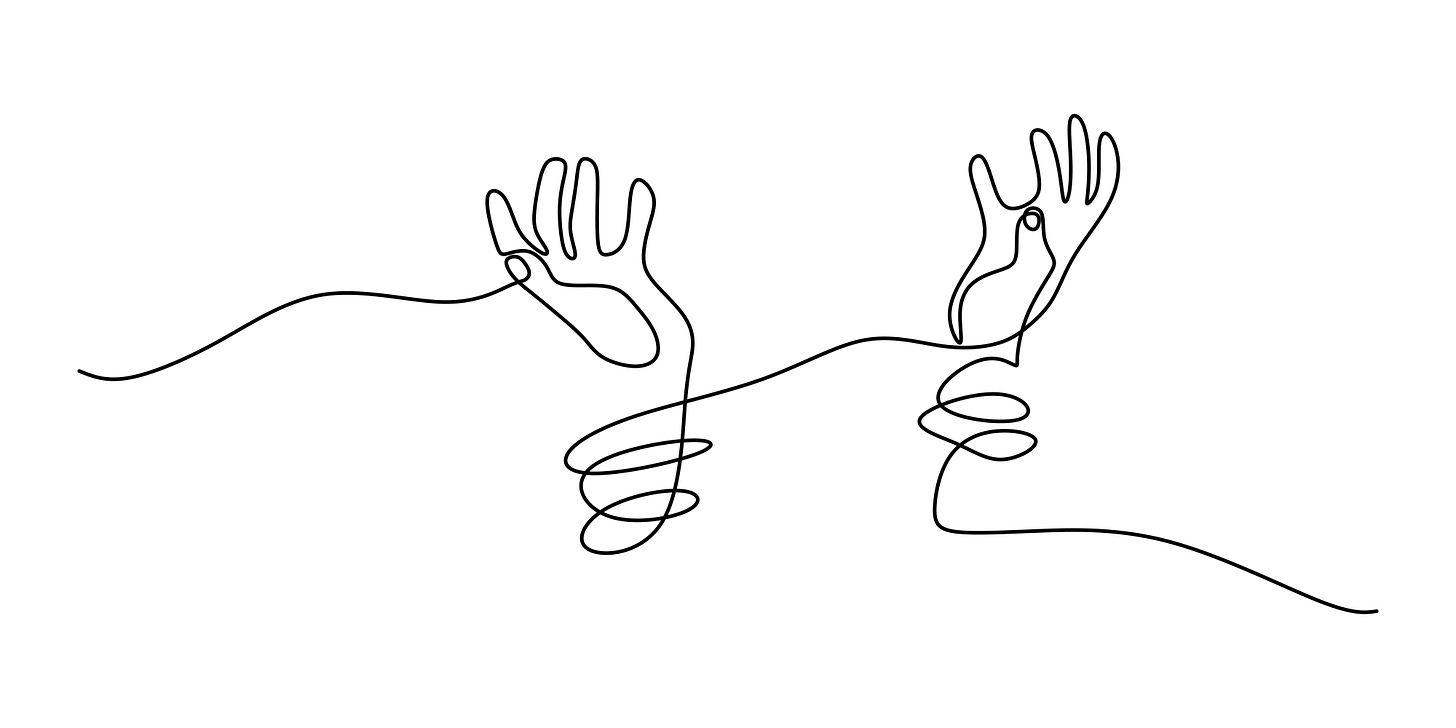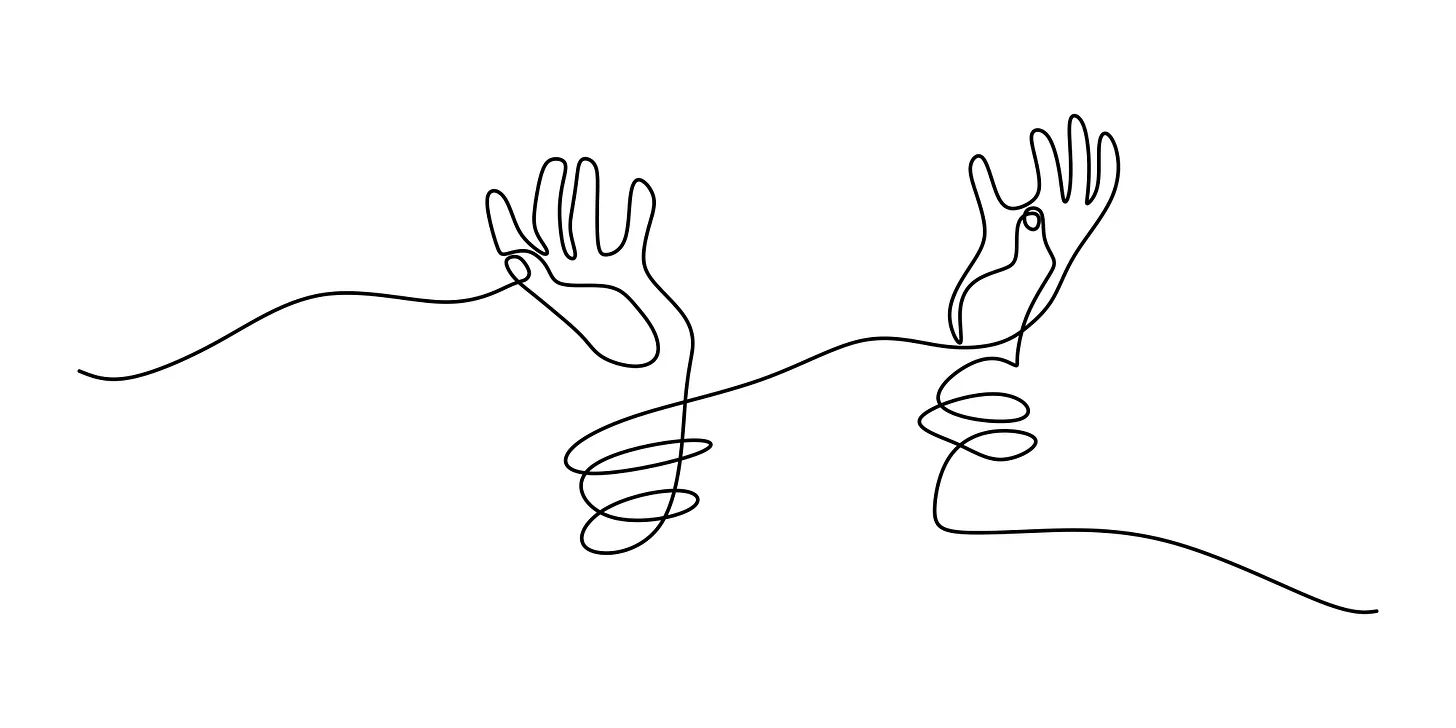A few weeks ago, I sat down with Danielle Krischik on her podcast The Story Effect. We were supposed to talk about boundaries and resilience—things I know a lot about professionally. But through her skillful hosting, it didn’t stay in the shallow end for too long.
We started discussing the most complex boundary in our lives: the one we set with ourselves.
As a counseling and organizational psychologist, I’ve helped thousands of people manage their anxiety, navigate burnout, get help for depression, and tap into their strengths to find new skills and meaning.
But that doesn’t mean I get a pass.
My anxiety and depression began early in my life. Some of it was inherited, some of it was acquired. There have been days when anxiety has left me staring at the ceiling at 3 AM, my mind spinning with all the ways I was falling short. Times when the weight of depression crept in, not dramatically, but like a slow dimming of the lights, leading me to climb back into bed and try to sleep it off.
I knew all the techniques—therapy, positive self-talk, medication, mindfulness, exercise, reframing, resilience. I used them all. And they worked. And still, I struggled.
I knew I had challenges early in my life. Once, my parents sent me away for a weekend with a cousin of ours in his beautiful home in the countryside of Maryland. Eli was a renowned child psychiatrist. We spent time together walking in the woods, talking to his horses, and enjoying time with his family.
His verdict, which he told my parents, confirmed that I did indeed have depression, not severe but mild to moderate (as mental health professionals would say).
That story I told myself for many years became my narrative (and still is at times).
Becoming a psychologist did not mean that I would have it together. Instead, my challenges helped me better understand my clients’ difficulties. I learned from them as much as they learned from me.
What’s changed for me over the years—and what Danielle and I explored in the episode—is how I started setting boundaries with those old stories. I began treating my inner critic like I would a difficult client: with firmness, compassion, and clarity. I stopped indulging in the idea that insight alone would save me and started practicing what I teach more consistently, which is that we need a set of skills that would help us empathize, understand, and support our inner voices.
One tool? I permitted myself to say, “Ok, this is enough. Let’s move on.”
Another tool came from asking myself, “What would I say to a client right now, and what would I hope they could do differently?”
And of course, a third tool is to get up and move, which could mean going for a walk, heading to the gym, or putting on some Lady Gaga and dancing in the kitchen.
Trauma has become part of how we talk about everything. And in many cases, that’s fair. But far too often, the challenges we face are just life. Building our self-awareness helps us define what our life will be, not some prescribed five-step YouTube video. Help and support are essential, but the work is each of ours to do

.
If you’re struggling right now, I hope you know you’re not broken. I tell my clients to pay attention to how things are going over a period of time. If they ebb and flow—good and not-so-good—then keep working. If you find you’re not making gains, then get help.
Consider that you might just be at the edge of a new chapter, where you get to rewrite the script and your whole life.
I still have days when my old patterns creep in. But now, I recognize the story. I pause. I observe. I consider my choices. Sometimes I fall for the old storyline, but I often connect with the new one.
Want to talk more about it? Reach out.
If you’re wrestling with your own “what’s next,” or you’re caught in the tension between the story you’re living and the one you want to write, send me a note.
Give the episode a listen:
The Story Effect Podcast – Episode 12
